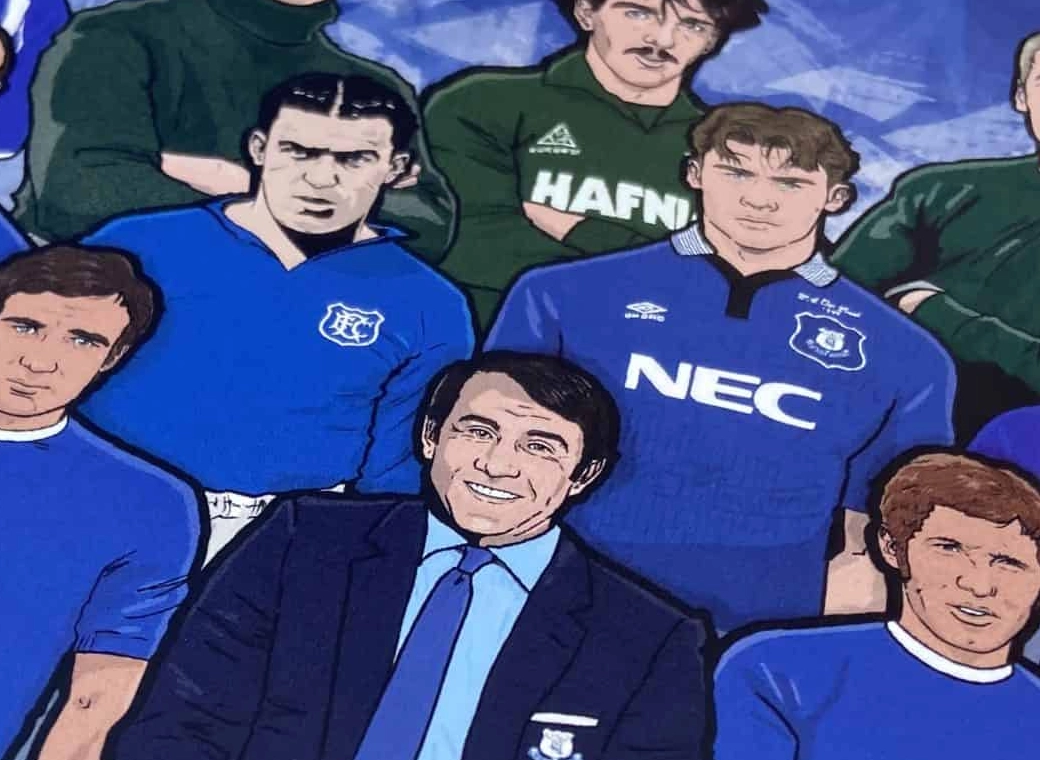A
vuvuzela (English pronunciation:
/vuːvuːˈzeɪlə/) , sometimes called a "lepatata" (its
Setswana name) or a stadium horn, is a
blowing horn, approximately one metre in length, commonly blown by
fans at
football matches in
South Africa. They require some lip and lung strength to blow and emit a loud monotone (B♭).
[1] A similar instrument (known as
corneta in
Brazil and other Latin American countries) is used by football fans in South America.[
citation needed]
Vuvuzelas have been controversial.
[2] They have been associated with permanent noise-induced hearing loss,
[3] cited as a possible safety risk when spectators can't hear evacuation announcements,
[4] and potentially spread colds and flu germs on a greater scale than coughing or shouting.
[5][6] Commentators have described the sound as "annoying" and compared it with "a stampede of noisy elephants,"
[7] "a deafening swarm of locusts,"
[8] "a goat on the way to slaughter"
[9] and "a giant hive full of very angry bees."
[10]
The sound level of the instrument has been measured at 131 dB(A) at the opening of the horn and at 113 dB(A) two metres in front of the opening, both dangerously high levels for unprotected ears.
[11]
[
hide]
Origin
This type of plastic horn or trumpet has been used in Mexican stadiums since the 1970s.[
citation needed] Originally made out of
tin, the vuvuzela became popular in South Africa in the 1990s. Well-known
Kaizer Chiefs FC fan Freddie "Saddam" Maake claims to have invented the vuvuzela by adapting an aluminium version as early as 1965 from a bicycle horn after removing the black rubber to blow with his mouth. He later found it to be too short and joined a pipe to make it longer. Maake has photos of him in the 1970s and 1980s at local South African games and international games in 1992 and 1996 and at the 1998 World Cup in France, holding the aluminium vuvuzela. He says the instrument was banned as authorities ruled it a dangerous weapon, which prompted him to find a plastic company that could manufacture it.
[12]
In 2001, South Africa-based company Masincedane Sport began to mass-produce a
plastic version.
[13][14] Neil van Schalkwyk, the co-owner of Masincedane Sport, won the
SAB KickStart Award in 2001.
[15]
Vuvuzelas have been said to be based on
kudu horn instruments and thus rooted in African history, but this is disputed.
[16][13] During the last quarter of a match, supporters blow vuvuzelas frantically in an attempt to "kill off" their opponents.
[17][18]
Origin of the term
The origin of the name
vuvuzela is disputed. It may have originated from
Zulu for "making a vuvu noise," directly translated "vuvu-ing" because of the "vuvu" sound it makes, or from township slang related to the word for "shower".
[13]
Legal challenge
In early 2010 members of the
Nazareth Baptist Church claimed that the vuvuzela belonged to their church, and threatened to pursue legal action to stop fans playing the vuvuzela at the World Cup.
[19]
2009 FIFA Confederations Cup and 2010 FIFA World Cup
The vuvuzela came to international attention during the run-up to the
2009 FIFA Confederations Cup and
2010 FIFA World Cup, both hosted in South Africa. The world football governing body,
FIFA, wanted to ban the use of vuvuzelas during the World Cup 2010 because of concerns that hooligans could use the instrument as a weapon and that businesses could place advertisements on vuvuzelas. However the
South African Football Association (SAFA) made a presentation that vuvuzelas were essential for an authentic South African football experience,
[2] and FIFA decided in July 2008 to drop the ban, allowing vuvuzelas at Confederations Cup.
[20] President of FIFA
Sepp Blatter opposed banning the vuvuzela, saying "We should not try to Europeanise an African World Cup."
[21] FIFA ultimately decided to allow the instrument for the 2010 World Cup as well,
[22] except for Vuvuzelas being longer than one metre.
[23]
Some football commentators, players, and international audiences argued against the vuvuzela during the 2009 FIFA Confederations Cup. During the match between United States and Italy,
BBC Sport commentator
Lee Dixon referred to the sounds as "quite irritating". FIFA received complaints from multiple European broadcasters who wanted it banned for the
2010 FIFA World Cup because the sound drowns out the commentators.
Netherlands coach
Bert van Marwijk and
Spanish midfielder
Xabi Alonso also called for a ban, the latter saying the horns make it hard for players to communicate and concentrate while adding nothing to the atmosphere.
[21][24]
During the 2010 FIFA World Cup,
Hyundai and a local South African advertising agency called Jupiter Drawing Room created the largest working vuvuzela in the world — 114 feet (35 m) long — on an unfinished
flyover road in
Cape Town.
[25] The vuvuzela is powered by several air horns attached at the mouth piece end, and it will be blown at the beginning of each of the World Cup matches.












